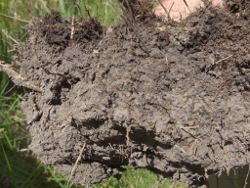|
|
Wetland soilsSoils are potentially powerful indicators of the presence of wetlands because of the morphological features that develop in wet environments. Wetland soils impact directly on other wetland characteristics, e.g. water quality, fauna or vegetation, and can be a reflection of the physical processes occurring in the wetland, e.g. water inflow, water chemistry or filtering of pollutants. There is a variety of soils across Queensland. They are broadly grouped into soil orders based on the Australian Soil Classification system (ASC). Australian Soil Resource Information System (ASRIS) provides online access to information on soil and land resources. Soil Indicators of Queensland Wetlands
Soil Indicators of Queensland Wetlands uses soil properties to help identify wetlands and wetland boundaries. The five products in the suite support planners, environmental managers and wetland rehabilitation managers to establish the precise location of wetlands. The tools include a literature review, field guide, assessment methodology, 39 case studies and the Indicator of Reduction in Soils (IRIS) method. Four conditions are required for a soil to become anaerobic and support reducing reactions and the development of soil morphological features. If these chemical transformations occur in the soil’s upper layers:
Wetland soils can be identified using soil morphological indicators such as:
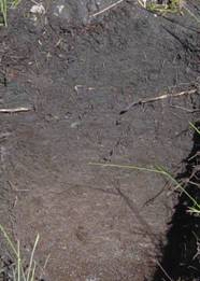 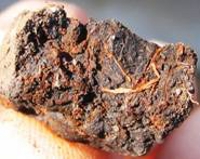 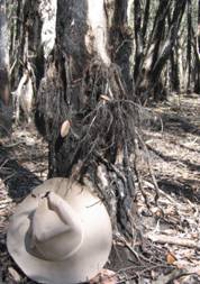 Wetland soils impact directly on other wetland characteristics, e.g. water quality, fauna, vegetation, and can be a reflection of the physical processes occurring in the wetland, e.g. water inflow, water chemistry, filtering of pollutants. Wetland soils assessment reports and supporting informationThe following reports provide information and background to support the identification of wetland soils. 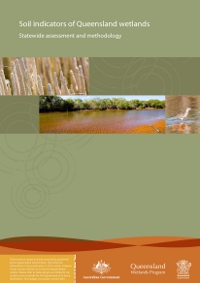 Soil indicators of Queensland wetlands: Statewide assessment and methodology The report details and discusses findings of a statewide assessment of wetland soil indicators conducted by the Department of Natural Resources and Water during 2007 and 2008 under the Queensland Wetlands Program. 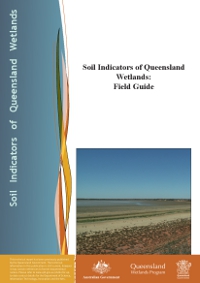 Soil Indicators of Queensland Wetlands: Field Guide The field guide has been developed to assist in the field identification of wetland soil indicators in Queensland. 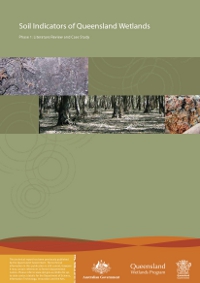 Soil Indicators of Queensland Wetlands Phase 1: Literature Review and Case Studies The report highlights two case studies of wetlands within Southern and Central Queensland to test if predictable relationships exist between soil indicators identified within the literature and wetland status for Queensland wetland soils. 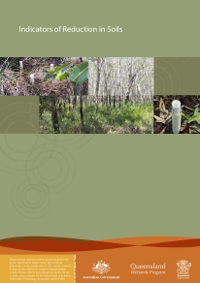 Indicators of Reduction in Soils The report outlines the Indicator of Reduction in Soils (IRIS) method for identifying wetlands and demonstrates how to use the method on wetlands in Queensland. Field indicators of ephemeral wetlands can be hard to find in dry times. Wetland soils—identified by reducing conditions—become a major indicator of existence and extent. 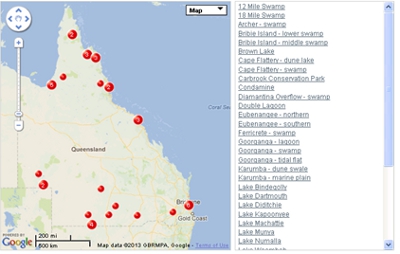 The proposed wetland soil indicators were tested in 58 wetlands, representing a range of wetland classes, climatic zones and biogeographical regions. Thirty-nine case studies have been developed. Additional information
Last updated: 6 September 2023 This page should be cited as: Department of Environment, Science and Innovation, Queensland (2023) Wetland soils, WetlandInfo website, accessed 8 May 2025. Available at: https://wetlandinfo.des.qld.gov.au/wetlands/ecology/components/substrate/soils/wetland-soils/ |

 — Department of the Environment, Tourism, Science and Innovation
— Department of the Environment, Tourism, Science and Innovation

